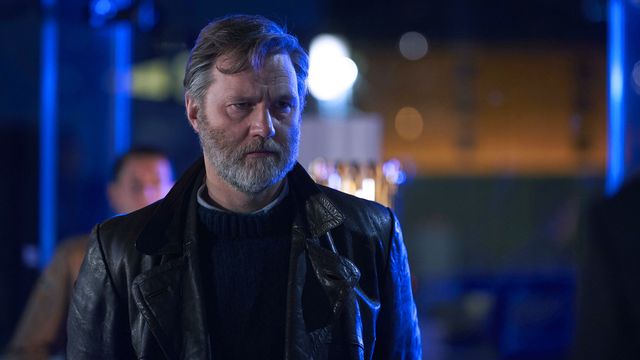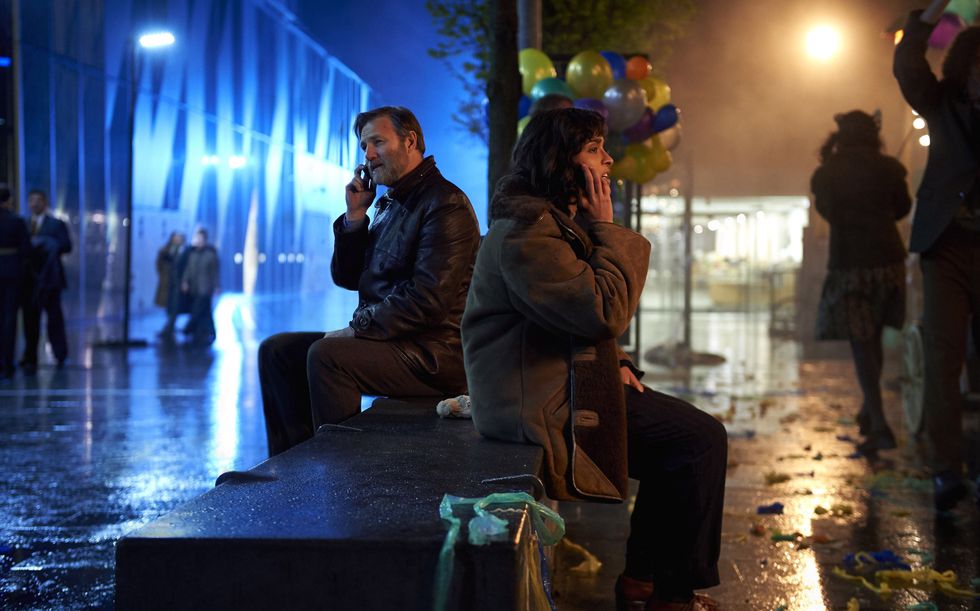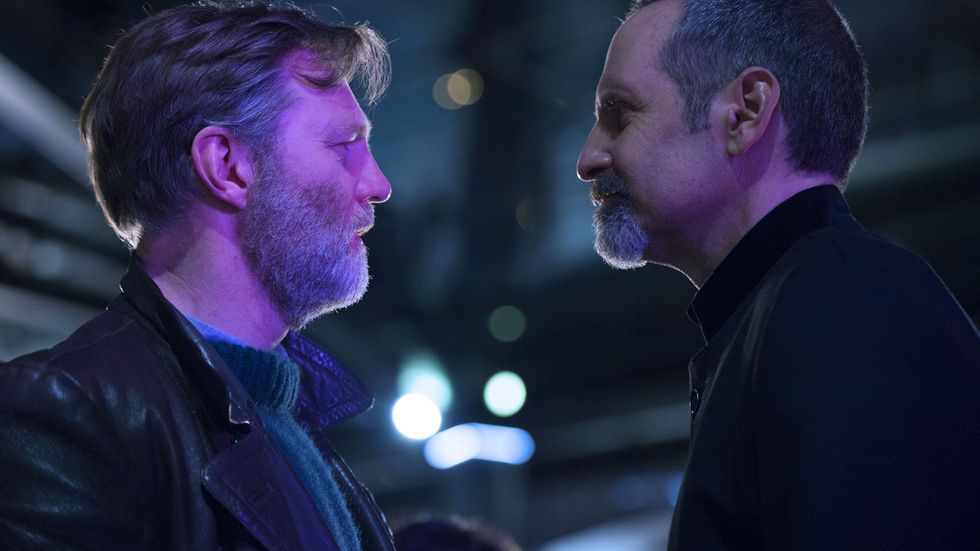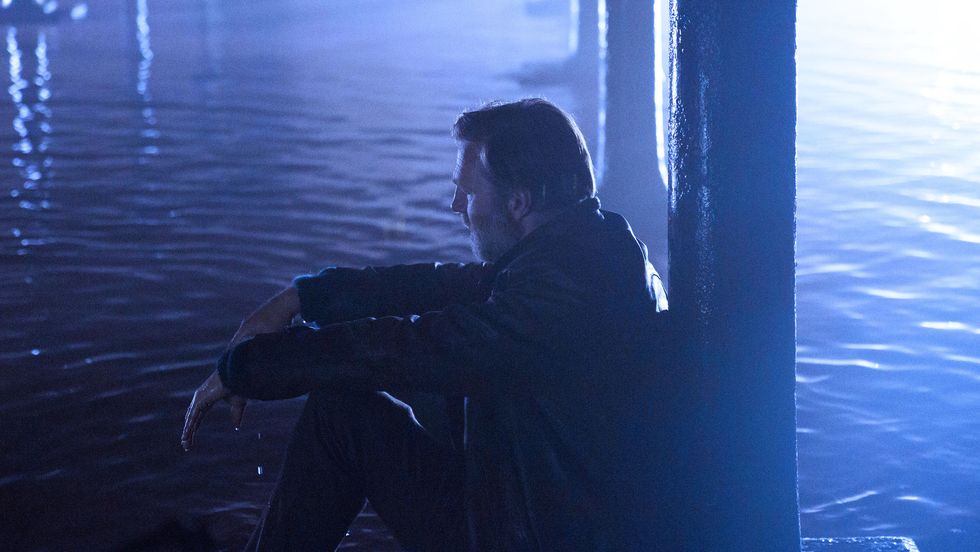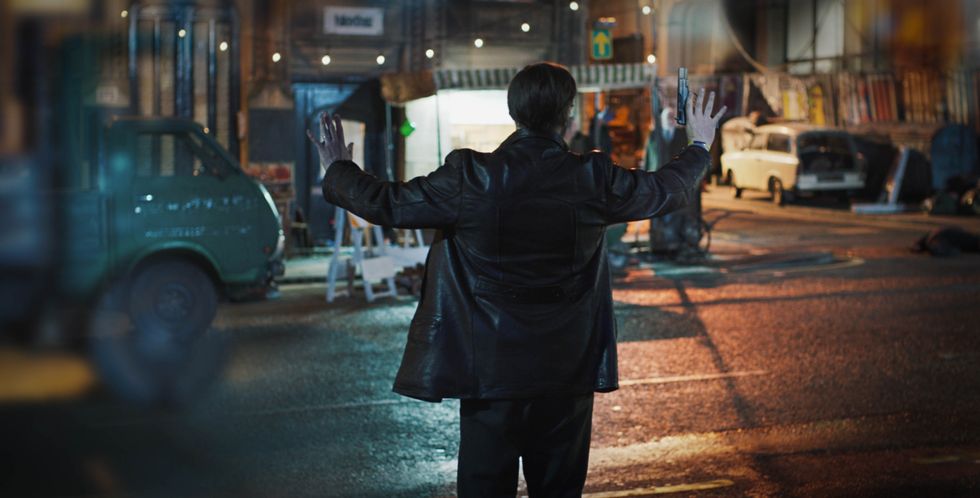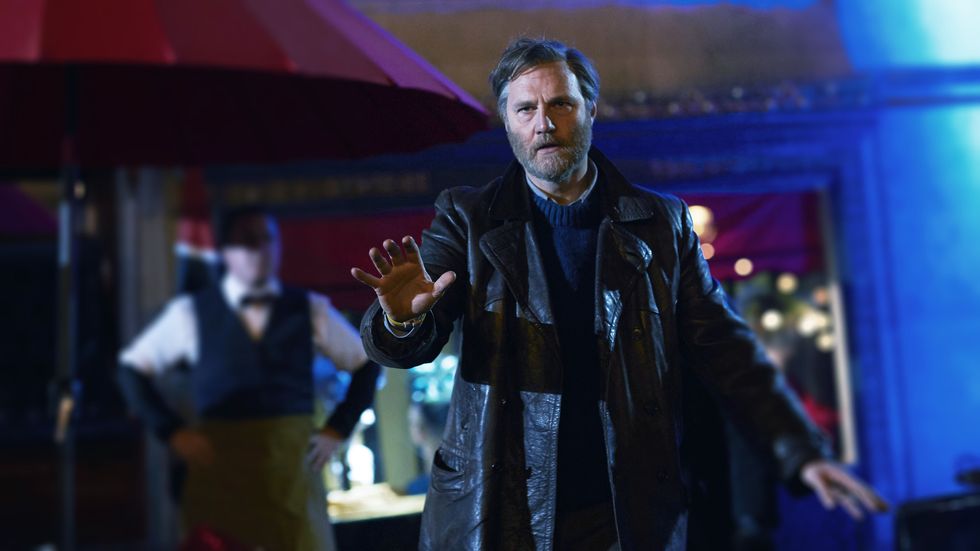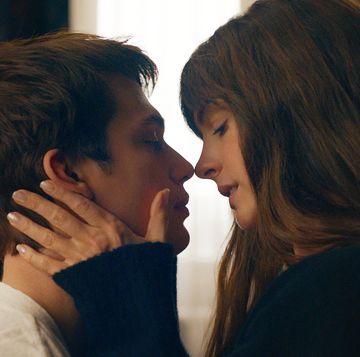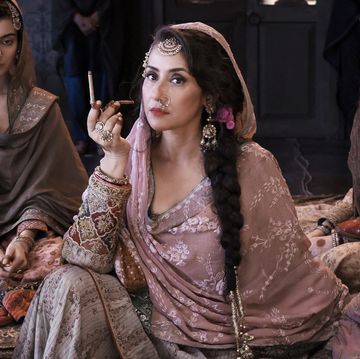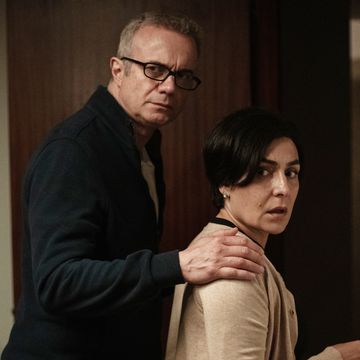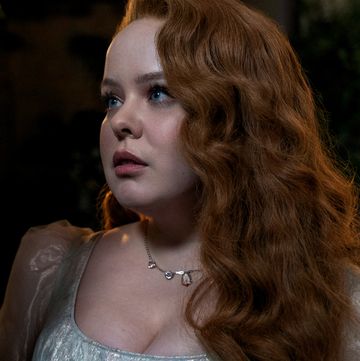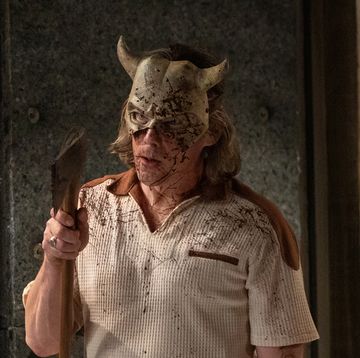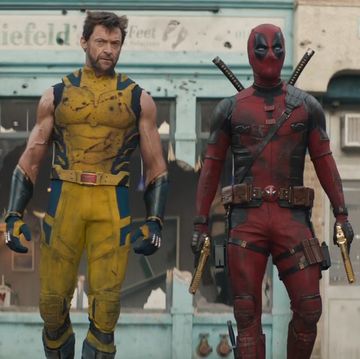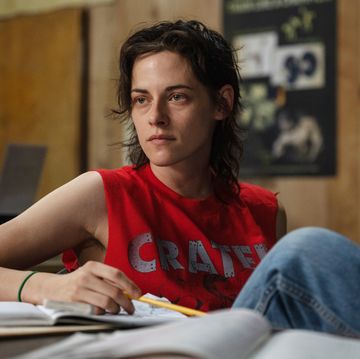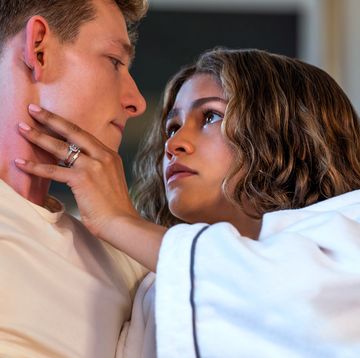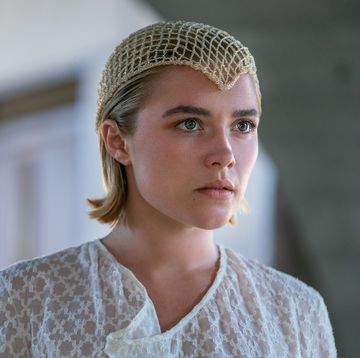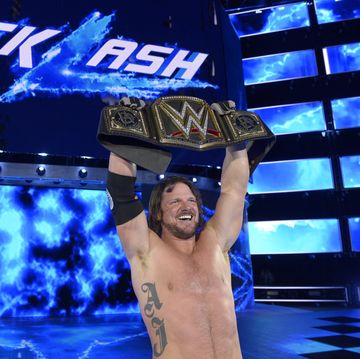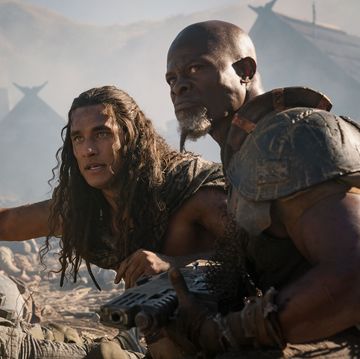Warning: This article contains spoilers for all four episodes of The City and The City , available to watch now on BBC iPlayer
The City and The City was one of the more mind-bending shows we've seen in a while, telling a standard noir detective story, but in a bizarre sci-fi / fantasy setting that had audiences scratching their heads raw at times. Of course you could just view the series as a series of overlapping metaphors about haves and have-nots, about selective perception and the way societies and individuals delude themselves, but the show does invite a more literal interpretation too.
So let's delve into some of the unanswered questions of the series, and see how (over)thinking about the answers might provide avenues for a potential second series.
Warning: it gets weird.
1. How did the cities form?
Okay, so The City and The City did a fairly good job of demonstrating two cities that exist in the same place, at the same time – but how exactly did this bizarre situation come to be?
Perhaps Besźel and Ul Qoma were once separate and somehow got thrown together as a result of an experiment gone wrong / alien intervention / a rogue wizard (delete as applicable). If so, the initial shock must have been something to behold – could a prequel series chart the unimaginable trauma of the cities first being thrown together?
Or could it be something to do with time travel? That might explain why Besźel and Ul Qoma appear decades apart technologically. Let's think this one out…
A city jumping forward in time for some reason would leave an empty plot in the present. So, if another city were then built on that same site, then at some point in the future the first city – now decades behind technologically – would arrive and land on top of the new second city that's had a few decades to grow more advanced.
We've already given ourselves a headache here.
Maybe it's less complex. Maybe the strange situation is something to do with the rare metal that exists below the cities. If so, what happens when Gorse begins to mine and distribute that metal? Would the cities split apart without its influence? Or would they meld even further into one? Or might season two see instances of this strange duality turning up elsewhere as the metal spreads via industry?
And if the whole thing is just a weird natural occurrence – no rhyme or reason to it – then how the hell did anyone build a city there in the first place, let alone two? Anyone in the distant past who stumbled across the site would surely have started seeing things, assumed the place was haunted, and run for the hills.
Still, however it happened, perhaps the main question season two should address is this: just why the hell would anyone choose to stay living there at all?
2. Why was Borlú recruited by Breach?
The first season ended up with Borlú (David Morrissey) being recruited to Breach as a result of his actions in tracking down Mahalia's killer. In firing his gun from Ul Qoma into Besźel to save Corwi's life, Borlú was in breach (as opposed to Breach). Normally this might mean very bad things, but given Borlú was already working with Breach, it seems rather than punishing him, the path of least resistance was simply to recruit him to the organisation full time.
Although, given their apparent powers to flip between cities at will, and the outrageously detailed surveillance they have on people (Borlú is able to watch back every single moment of his wife's life), quite why they needed to use Borlú at all is a mystery.
The most obvious path for a potential second season would be to show us more of what Breach actually does. They're spoken of in hushed terms throughout the first series, but we don't really get to see much of them. What ever happened to Geary, the American they took at the end of episode one? What do they do with those in breach (as opposed to Breach)? And how do they seemingly perceive both cities at once without losing their minds?
Related: David Morrissey questioned how The City and the City could be made on TV
3. What did Borlú see at the end?
Borlú was lying in the water, his neck slashed, his life ebbing away, when he sees… what, exactly? Having just found out that his wife took her own life years ago, it could simply be his mind presenting him with a comforting image in his final moments; just a figment of his imagination. Or was the series offering a more spiritual slant – was she an angel, beckoning Borlú to join her in heaven?
Or was this a hint that Orciny – that fabled third city that was seemingly debunked earlier in the episode – could truly be real? What if pushing yourself close to death is the only way you can find, or perceive it?
This would explain why Katrynia (Lara Pulver) seemed so determined to take her own life. Even if it's not real, what Borlú saw might convince him it is, and that could lead him to some very dark places indeed in a second season.
4. Why is Besźel so run down?
Time-travel theories aside, as the series went on, the dramatic difference in culture and quality of life between Besźel and Ul Qoma became that much more pronounced. People from Besźel have to get day passes just so they can enter Ul Qoma to sift through their rubbish for anything useful – they're a hobo city.
But how did that come to be? Is there a natural reason, or are Ul Qoma keeping Besźel down intentionally? It might be interesting for a second season to widen the scope away from Borlú and delve into what must be some pretty complex politics between the two states.
5. What happens when a bomb goes off in one city?
OK, so these cities exist in the same space at the same time, and people learn to perceive one and filter out the other. Fine. But an explosion can't alter its perception, so when Syeder sends a bomb to Bowden in Ul Qoma, the explosion rocks the immediate vicinity – but what happens in in the same space in Besźel?
Did they feel a tremor? Or the full force? If someone was passing by in Besźel, could they be killed by an explosion in Ul Qoma?
Borlú shot a bullet from Ul Qoma to Besźel, so in theory it's possible. Or, is it only possible at the certain "cross-hatching" areas, where the cities bleed more obviously into one another? Or perhaps the chaos of an explosion would even create a new one of those cross-hatching areas?
Look, we could be here all day with this, so let's just stop there. It's enough to make puzzling over the mysteries of Lost for years feel simple by comparison.
Suffice it to say that if there was ever to be a second series of The City and The City, it would require a significant amount of thought first…
The entire first series of The City and the City is available now on BBC iPlayer. The series also continues on Friday nights at 9pm on BBC Two.
Want up-to-the-minute entertainment and tech news? Just hit 'Like' on our Digital Spy Facebook page and 'Follow' on our @digitalspy Twitter account and you're all set.
